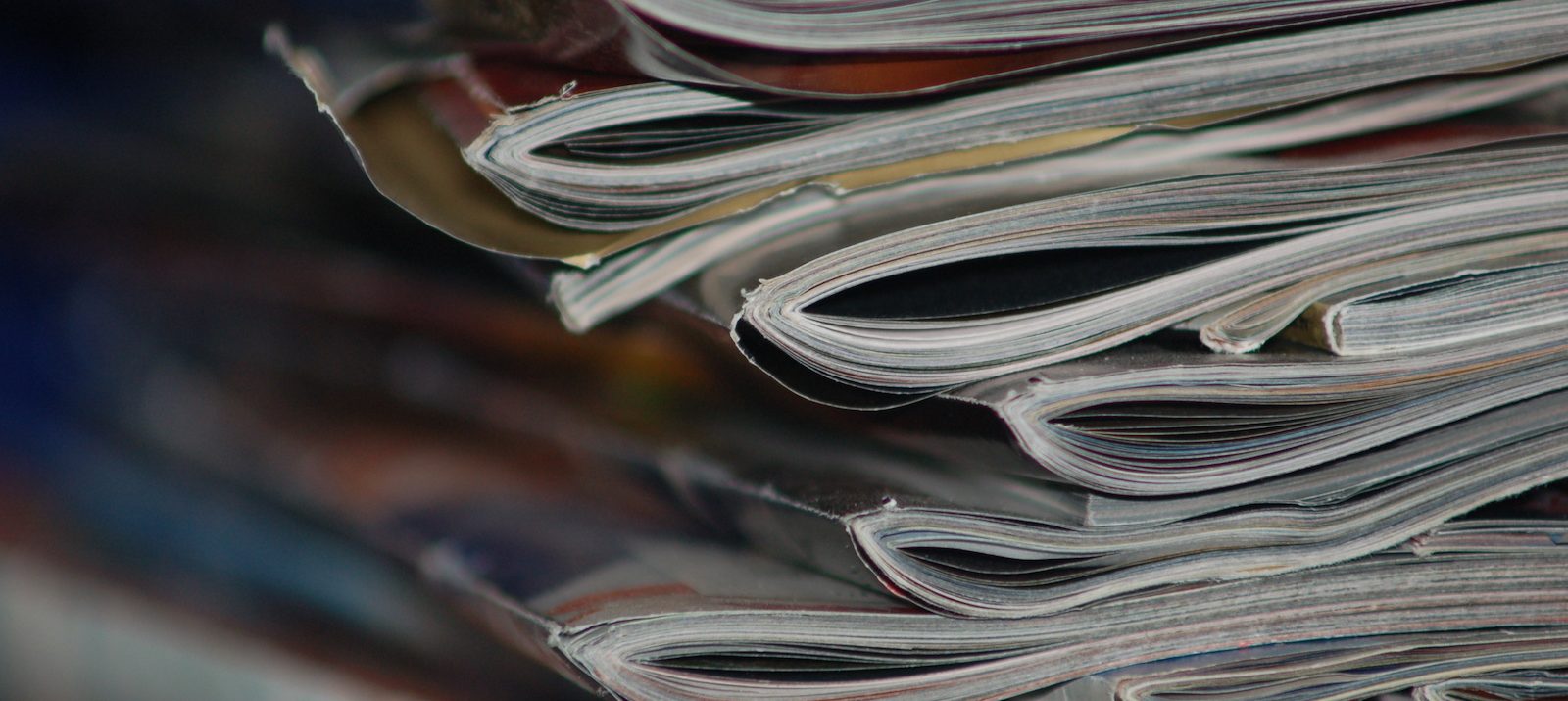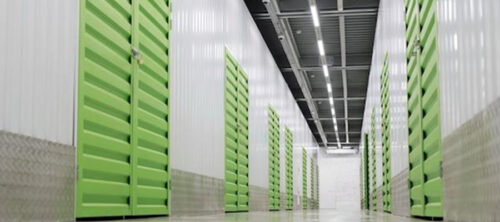Do you ever feel like you’re drowning in paper?
Maybe your wallet is overflowing with receipts. Maybe your desk drawers are crammed with wedding invitations and old Christmas cards. Or maybe you have piles of bank statements and bills shoved in the far corner of your kitchen counter.
Let’s face it: Paper clutter is one of the worst offenders. It accumulates quickly and can be totally overwhelming if you don’t deal with it daily.
But, thankfully, all it takes to banish paper clutter from your home are a few clever tricks and well-implemented organization systems.
The Significance of Effective Paper Clutter Management
Managing paper clutter is crucial for maintaining an organized and efficient living space. For instance, imagine coming home from a long day at work to find your desk buried under piles of mail, receipts, and old documents.
This clutter makes it difficult to find important papers and adds to your stress.
By implementing a system to manage paper clutter, you can create a more serene environment where you can quickly locate essential documents, pay bills on time, and reduce overall stress.
Learn more: Can Technology Help To Declutter Paperwork?
Identifying the Common Sources of Paper Clutter
Paper clutter can originate from various sources, including mail, receipts, magazines, and old documents.
For example, junk mail such as promotional flyers, credit card offers, and catalogs often must catch up quickly.
Additionally, receipts from daily purchases, outdated magazines, and old tax documents can contribute to the clutter.
By identifying these sources, you can proactively manage and reduce paper clutter. For instance, setting up a recycling bin near your mail station can help you immediately discard junk mail.
Categorizing Papers: Important, Actionable, and Discardable
To efficiently manage paper clutter, categorize your papers into three groups: important, actionable, and discardable.
Important papers include legal documents like birth certificates and insurance policies. Actionable papers involve items that require your attention, such as bills to be paid or invitations to respond to.
Discardable papers are those you can recycle or shred, like outdated flyers or old receipts. Getting rid of these unnecessary papers will give you a sense of relief and make you feel lighter and more organized.
For example, when sorting through a stack of mail, you might find a utility bill (actionable), a warranty for a new appliance (important), and an expired coupon (discardable).
Follow these 15 incredibly effective steps to organize, store, and get rid of your paper clutter for good:
1. Go paperless with bank statements and bills
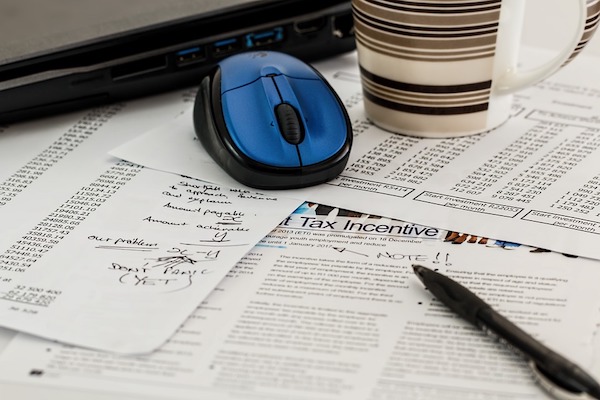
The first step to decluttering your paper is to stop all future paper items from entering your home.
How, you ask?
Transfer everything online. Most banks and major utility companies offer the choice to stop receiving statements and notifications in the mail — all you have to do is ask.
To go a step further, skip the hand-written checks and pay your bills online instead. You’d be surprised at how many people don’t even know this is possible (online bill pay only accounts for 58% of consumer bills paid), but it is, and it’s genius.
An online bill pay system makes it easier to pay your bills on time and manage your budget. It also eliminates the need to stock up on envelopes and stamps. That’s a win-win.
Learn more: 15 actionable tips for decluttering your home
2. Purge your paper
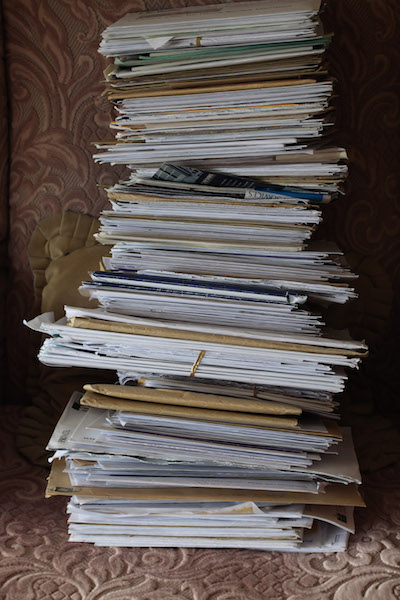
First, gather every bit of paper in your house. Don’t forget to check the junk drawers for crumpled take-out menus, instruction manuals, and neighborhood flyers.
Then, sort everything into three piles: Recycle, Scan, or Save.
Put important documents like tax returns, medical files, insurance papers, and leases into a pile to be scanned onto your computer for safekeeping. Save any special photos or sentimental cards you absolutely can’t bear to part with, then recycle everything else.
Learn more: Read these minimalist living tips to learn how to pare down your stuff and live with less.
3. Shred personal documents
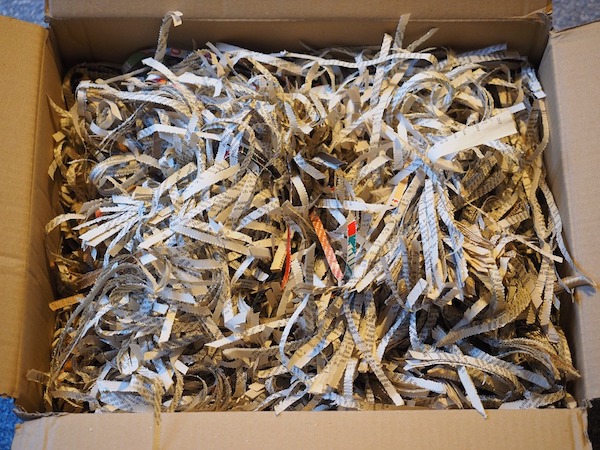
Anything that has your personal information on it (like your address, social security number, phone number, or bank account number) should be shredded — not tossed out with the regular recycling.
Not only does a shredder help protect your privacy, but it also eliminates all paper that falls into the annoying “can’t throw it away, but don’t have a place to put it” category.
4. Recycle your stacks of magazines and newspapers
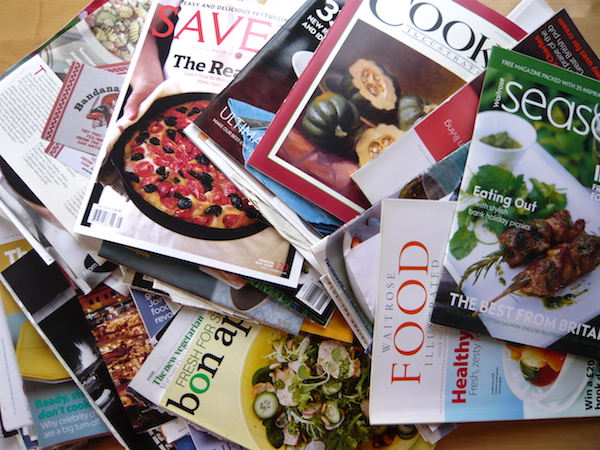
Let’s be honest: You’ll never read them again, nor will you need them for a future craft project or vision board (Pinterest has us covered).
While you’re at it, unsubscribe from all the magazines you’re no longer interested in.
Having a hard time getting rid of your stuff? Learn how: how to easily declutter your home like Marie Kondo, the most organized person in the world.
5. Create a filing system
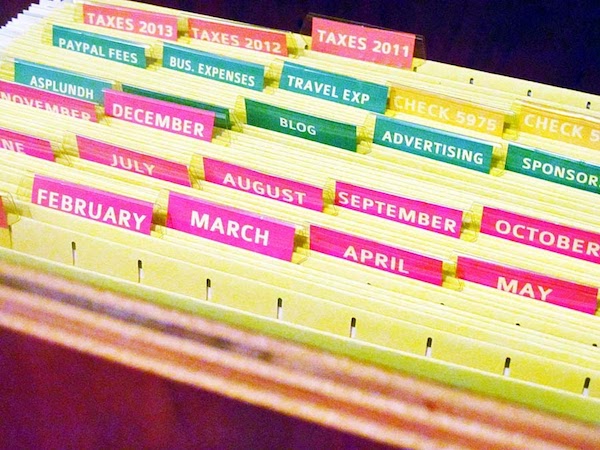
There are so many different types of filing systems, but the best ones all have a few things in common: They’re logically organized, easy to access, and spacious enough to store new documents over time.
Consider your available space before you buy new filing equipment. If you have open desk drawers, metal file rails work great. If you have tons of closet space, go for portable file bins.
Prefer to keep your files in plain sight?
Desk organizers are just what you need.
Next, stock up on file folders and separate everything into categories. Make sure you cover all the bases (Pet, Home, Medical, Creative, Work, Kids, etc.) and be as specific as possible with your labels.
Give big categories like “Finances” their folders with additional files for specific types of documents like “Tax Returns” or “Bills.”
Learn more: While you’re filing, learn how to organize your desk in under four minutes
6. Put a recycling bag or bin near your front door
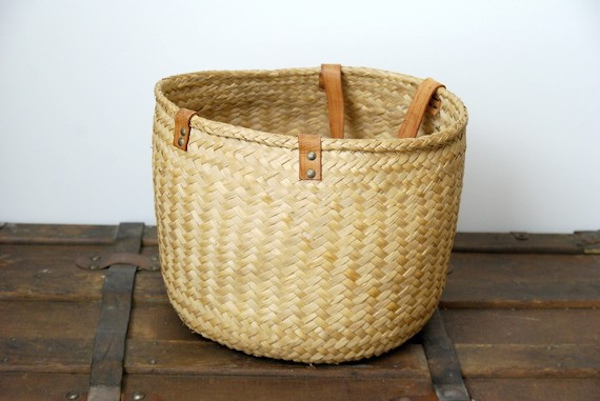
Before you even bring mail into the house, pause by your front door to toss everything you know you don’t need — like flyers, advertisements, coupons, and junk mail.
Then whenever you’re on the way out the door, grab the bag and dump your paper in the recycling bin.
7. Create a “Take Action” station for papers that need to be dealt with
Put all papers that require action on your part — RSVP cards to mail, forms to sign, letters to send — in one designated spot. You could hang papers on a giant kitchen message board, stack them in a mail organizer on your entryway table, or place them in a shallow tray on your desk. Whatever works best for you.
To prevent your station from turning into a dumping zone, make a daily or bi-weekly appointment with yourself to take care of the papers and clear the space.
8. Store coupons in a binder
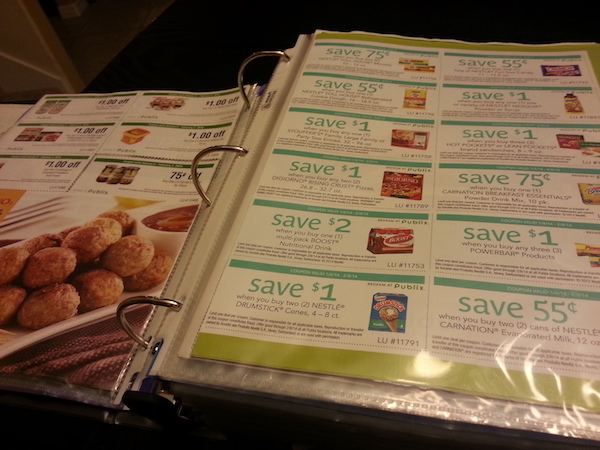
Coupons can be a major culprit of paper clutter. You find them, clip them with enthusiasm, and then stash them in your junk drawer to expire and collect dust.
If your urge to be thrifty is interfering with your space and sanity, you need a better solution.
The answer?
Binders. Or index card cases. Or any other middle school necessity. Just be sure to store the binder in your car or purse so you’ll actually use it when you go shopping.
9. Store important receipts in a binder, too
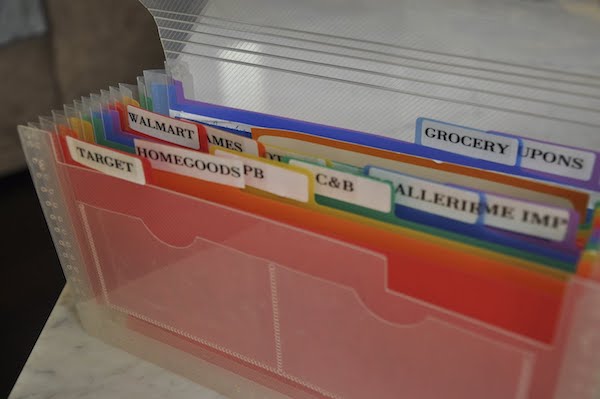
Like coupons, receipts can be organized in a small binder.
Make sure you store the binder in a convenient place so you have no excuse to add new receipts to it at the end of every week.
10. Use a calendar
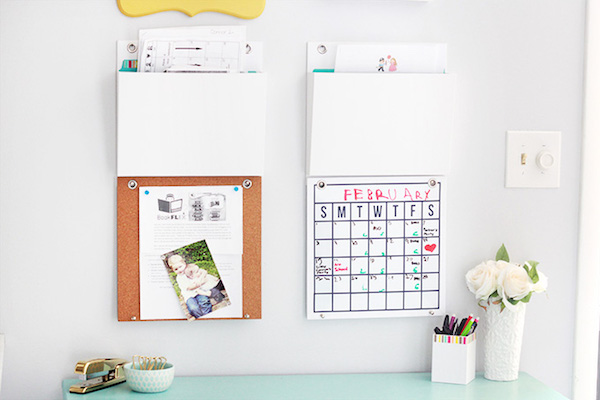
You don’t need to save event flyers or invitations if you have a calendar where you can record all your upcoming activities.
A digital calendar is ideal, but if you want to see your weekly schedule without having to unlock your phone, buy a desk or wall calendar.
Every time you get a new piece of paper that details an upcoming event, just transfer the information to your calendar and recycle the paper.
11. Hang photos, or put them in an album
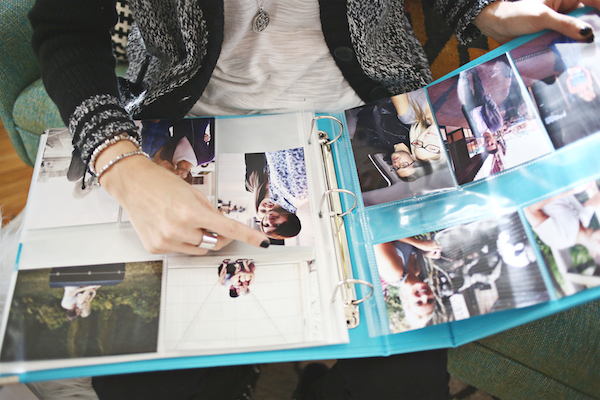
Don’t let your precious memories sit in a box under the bed. If you have a bunch of printed photos hidden away, give them new life: Put them in an album, frame them, or hang them on a corkboard so you can enjoy them every day.
Learn more: Here's how to properly store and preserve your old photographs so that they, along with some of your fondest memories, stay in top condition for years to come
12. Store your paper items in the right places
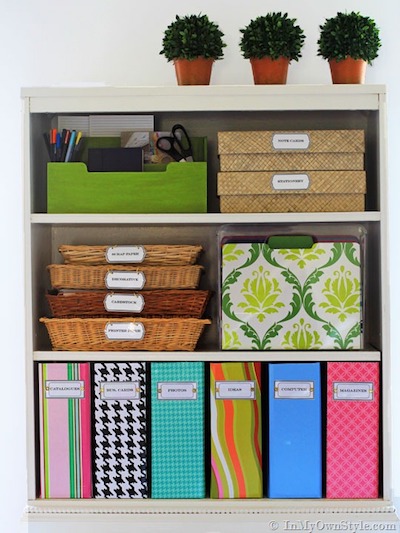
The key to using and enjoying your stuff regularly is to store it in a place that makes sense. Here are three simple and highly effective ideas:
- Keep the paper items you use every day in plain sight. Put new magazines on your coffee table, stationery on your desk, and so on.
- Store sentimental items like cards, school papers, and souvenirs in pretty boxes or baskets to display on bookcases and shelves. You’re more likely to look through your mementos now and then if they’re not tucked away in a closet.
- Keep all your craft and office-related paper goods (like extra printer paper, notebooks, and sticky notes) in the same area.
13. Implement a Digital Filing System
One of the most effective ways to eliminate paper clutter is to transition to a digital filing system. Scan important documents and save them in organized digital folders on your computer or in cloud storage.
Utilize document management software to help categorize and store files for easy retrieval. This approach reduces physical clutter and enhances document security and accessibility. For ongoing paper management, make it a habit to scan and save new documents digitally and recycle the physical copies unless they need to be retained for legal or original documentation purposes.
This method ensures you maintain a clutter-free environment while keeping all necessary information at your fingertips.
14. Establish a Routine for Paper Disposal
Creating and adhering to a routine for handling paper can significantly reduce clutter. Start by sorting your incoming mail and documents daily, immediately discarding junk mail, and setting aside important papers for filing.
For documents that need to be kept temporarily, use a dedicated “to-do” tray and schedule weekly or bi-weekly sessions to review and process these items. Ensure that outdated and unnecessary documents are regularly shredded to protect sensitive information before recycling them.
By consistently managing your paper flow with a structured routine, you prevent the accumulation of clutter and maintain an organized living or working space. Additionally, involving family members or coworkers in this routine can distribute the responsibility and make the process more efficient.
15. Store your paper items in Clutter
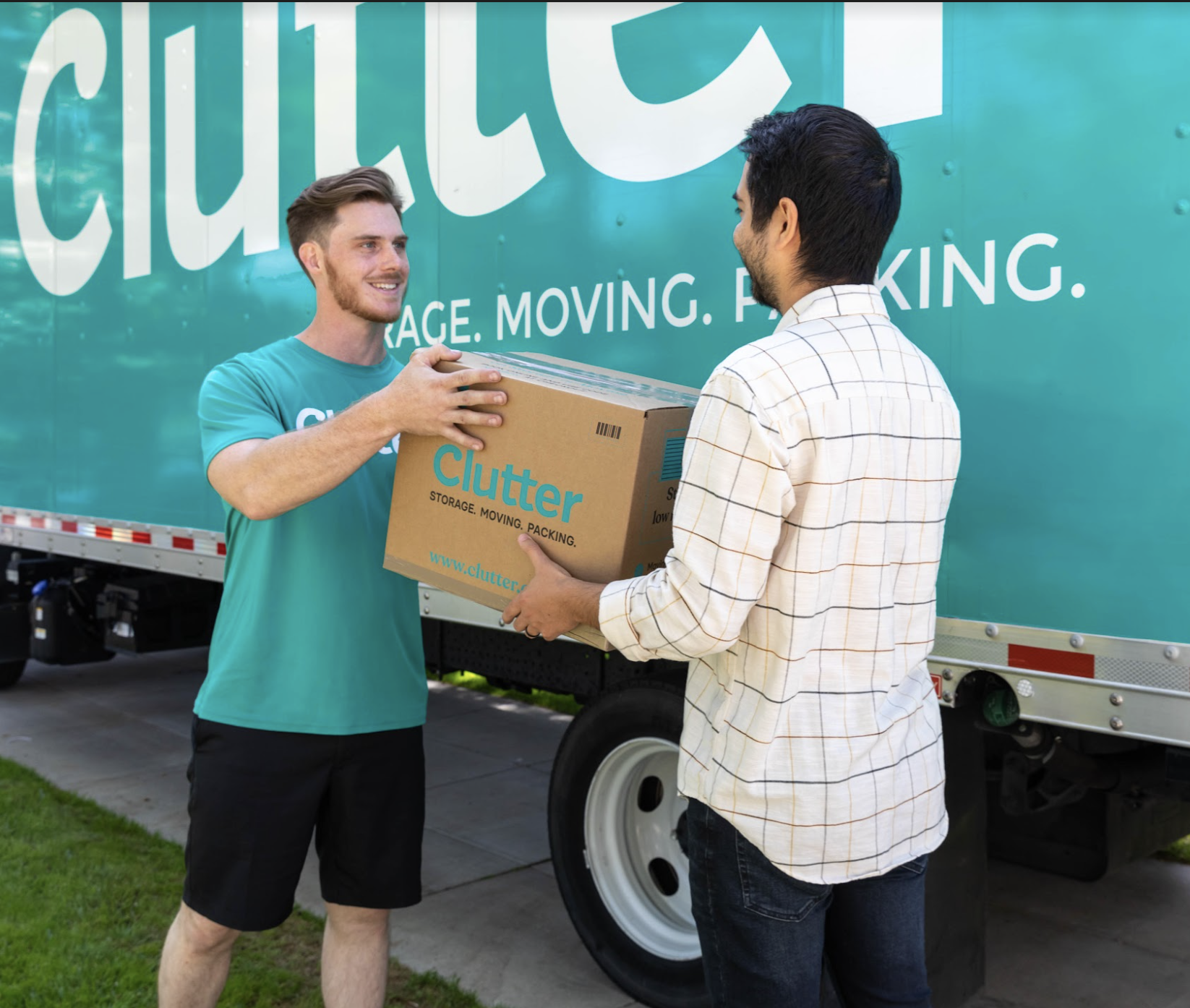
For everything you can’t fit in your home, like boxes full of extra wallpaper, old Valentine’s Day cards, and books you’ve already read (here’s how to decide what books to keep), let Clutter store everything for you.
Simply schedule a pickup and pack your stuff. We’ll pick up everything from your home, transport it to our secure, temperature-controlled storage facility, and create a convenient online photo catalog of your stuff.
Then when you want something back from storage, just log into your MakeSpace account, click the item’s photo, and we’ll deliver it straight to you.
Top image via Flickr/Sean Winters
Practical Tips for Organizing Papers
Use labeled folders, filing cabinets, or digital storage solutions to organize your papers.
For example, create a filing system with categories such as “Bills,” “Medical Records,” and “Receipts.”
This way, you can quickly access what you need without rummaging through a stack of papers.
For instance, a wall-mounted mail organizer can help you separate and prioritize different types of mail.
How Often Should You Organize Paper Clutter?
Regular maintenance is critical to keeping paper clutter under control. Establish a routine for the regular paper organization by dedicating specific times each week or month to reviewing and sorting your papers and organizing them.
For instance, set aside time every Sunday to go through your mail, pay bills, and file away important documents.
Consistent effort ensures that paper clutter is manageable.
One real-life example is a family that dedicates the first Saturday of each month to organizing their home office, ensuring that papers are always in order.
Essential Supplies for Organizing Papers
You’ll need supplies like filing folders, a label maker, a shredder, and a filing cabinet to organize your papers effectively.
For example, a label maker can help you create clear and consistent labels for your folders, making it easy to find documents quickly.
A shredder is essential for securely disposing of sensitive documents, such as old bank statements or credit card offers.
Imagine setting up a small home office with a filing cabinet to keep important documents and a shredder to handle discardable papers immediately.
Tips for Maintaining a Paper-Free Home
Digitize documents whenever possible to reduce physical paper clutter. Tools like scanners and apps that convert photos of documents into PDFs can be extremely helpful.
For instance, scanning your receipts and saving them on your computer or cloud storage can eliminate the need to keep physical copies.
A real-life example is a busy professional who uses a mobile app to scan and organize business receipts, making it easier to manage expenses without accumulating paper.
Schedule a pickup with Clutter now!
Conclusion: Achieving and Maintaining a Clutter-Free Space
Effective paper clutter management leads to a more organized and stress-free environment. By identifying sources of clutter, categorizing papers, using proper organization tools, and maintaining regular organization habits, you can achieve and sustain a paper-free home.
For example, adopting a routine of immediately dealing with mail upon receipt and regularly digitizing important documents can make a significant difference.
Imagine the peace of mind you’ll have to know exactly where to find your important papers and the satisfaction of maintaining a tidy, clutter-free space.
FAQs on How to Get Rid of Paper Clutter
Q: How can I determine which documents to retain and which to discard?
To decide which documents to keep and which to discard, start by retaining essential documents like birth certificates, marriage licenses, and social security cards. Discard outdated papers such as old bills, receipts, and expired warranties by shredding them. Additionally, consider digitizing documents by scanning and saving them digitally to reduce physical clutter.
Q: What steps can I take to minimize the paper that enters my home?
Minimizing paper in your home can be achieved by opting for digital statements for utilities and bank accounts, using a mail preference service to reduce unsolicited mail, and requesting digital receipts. Also, avoid printing documents unless absolutely necessary to further decrease paper clutter.
Q: How should I handle sensitive documents I no longer need?
Sensitive documents that are no longer needed should be shredded to protect personal information. For larger quantities, consider utilizing professional shredding services. Ensure that shredded paper is recycled properly to maintain environmental responsibility.
Q: What are some effective ways to manage paper clutter in a home office?
Effective management of paper clutter in a home office involves setting up a filing system with labeled folders and filing cabinets to organize important documents. Regularly schedule intervals to review and discard unnecessary papers. Additionally, use digital tools and document management software to keep digital records organized and reduce physical clutter.
Q: How can I motivate my family to participate in reducing paper clutter?
Motivating your family to reduce paper clutter can be done by leading by example and demonstrating the benefits of a clutter-free environment. Create a family-friendly filing and disposal system that is easy for everyone to follow, and assign specific responsibilities to each family member related to managing paper clutter.
This article was written by Paige Smith, a freelance writer from Orange County, California who specializes in lifestyle, wellness, and travel topics.


